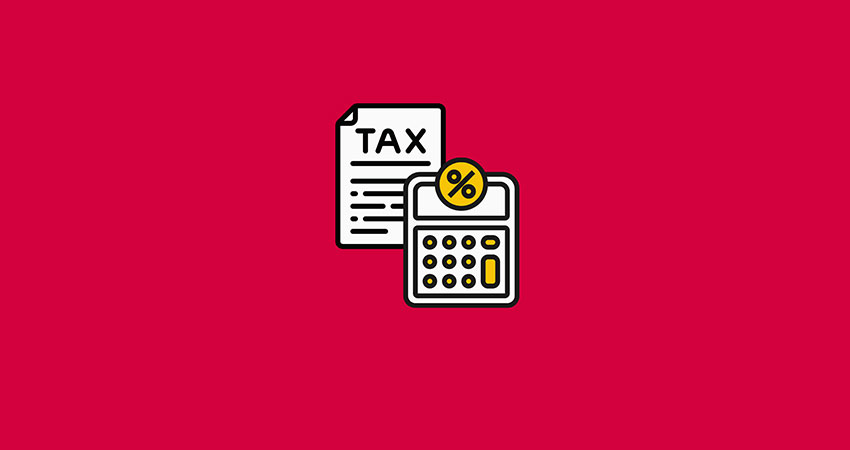The biggest source of omnichannel tax pain has always been flexibility and the process of adapting to an ever-changing tax landscape. Companies who broadened the scope and breadth of their sales streams as a result of the global pandemic were better equipped to meet this challenge.
According to new data from Adobe, U.S. consumers spent $1.7 trillion online over the last two years. That’s $609 billion more than the two years prior to the pandemic. The numbers aren’t going down. Many businesses that had been avoiding either introducing or expanding online sales have been forced to find an online selling platform in order to survive.
Mid-market brick-and-mortar companies that transitioned to ecommerce have faced a new, vastly more complex mess of state, local and international tax laws. This is something they never had to deal with when catering to mostly local foot traffic. Couple that with the fact that all technology had to be deployed quickly, and you have the recipe for noncompliance.
There is also another way to look at it. The COVID-19 pandemic has given companies a unique moment to reimagine their operations. Agility is key to resilience and by continuing to invest in digital initiatives and supply networks, organizations can respond to disruptions like the pandemic without completely overhauling their operations.
You need to offer fluid, flexible ecommerce sales platforms, and make sure they’re following the thousands of tax rules and keeping up with the myriad changes that happen every year in state and local legislatures.
Traditionally, companies separated store sales from online or through apps. COVID forced them to break down these walls as physical and digital sales converged, causing even more complex omnichannel tax reconciliation calculations.
Now, customers need more options for both purchase and collection, like the ability to buy online and pickup in store or curbside. When that happens, where is the tax nexus? Do you calculate where the person lives, where the physical store is located or some other jurisdiction?
The answer is to converge these streams into a single platform that automates tax calculation and puts it closer to point of purchase. This allows you to deploy tax engines anywhere in the world with a direct link to a central hub. Tax calculation is done in real time at the point of transaction, or in a local data center. Transactions are streamed to a central hub, enabling reporting, analytics, compliance and maintenance from a central deployment.
Doing this eliminates most points of failure in the omnichannel tax calculation process by minimizing network connectivity and bandwidth issues in local store settings, maximizing scalability and eliminating latency on websites, especially during peak traffic. This ensures a backup in case of tax system failure.
For retailers with multiple stores, an edge configuration means easier customization and fewer cyber risks. Edge containers can run in parallel, even in a back-office server, so managers can configure and scale stores independently. And tax is calculated locally so downtime, bandwidth and latency are not an issue. Beyond that, having the calculation done at the edge and not in a central data center means personal identifiable information (PII) is not sent across the firewall for tax calculation.
It isn’t easy to expand your business quickly, in such a challenging time. But the tax portion doesn’t have to be that tough. By automating omnichannel tax options and moving them to the edge, you gain more control, allowing you to get back to running the company and innovating for the future.
Pete Olanday is Director of Retail Consulting at Vertex Inc.

